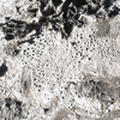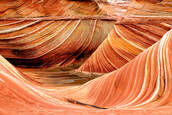Vickery, L. (). The expansion of compositional mobility in Cage’s Variations I-III |
Vickery, L. and James, S. (). Temporal dissonance in Charles Ives' "Putnam's Camp” |
Vickery, L. The Influence of Surrealism on the Development of John Cage’s Techniques of Indeterminacy |




